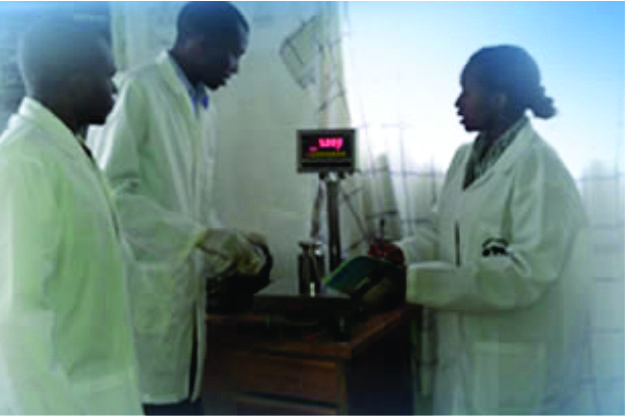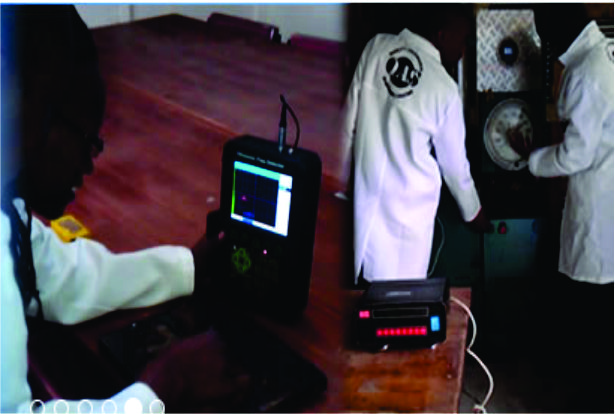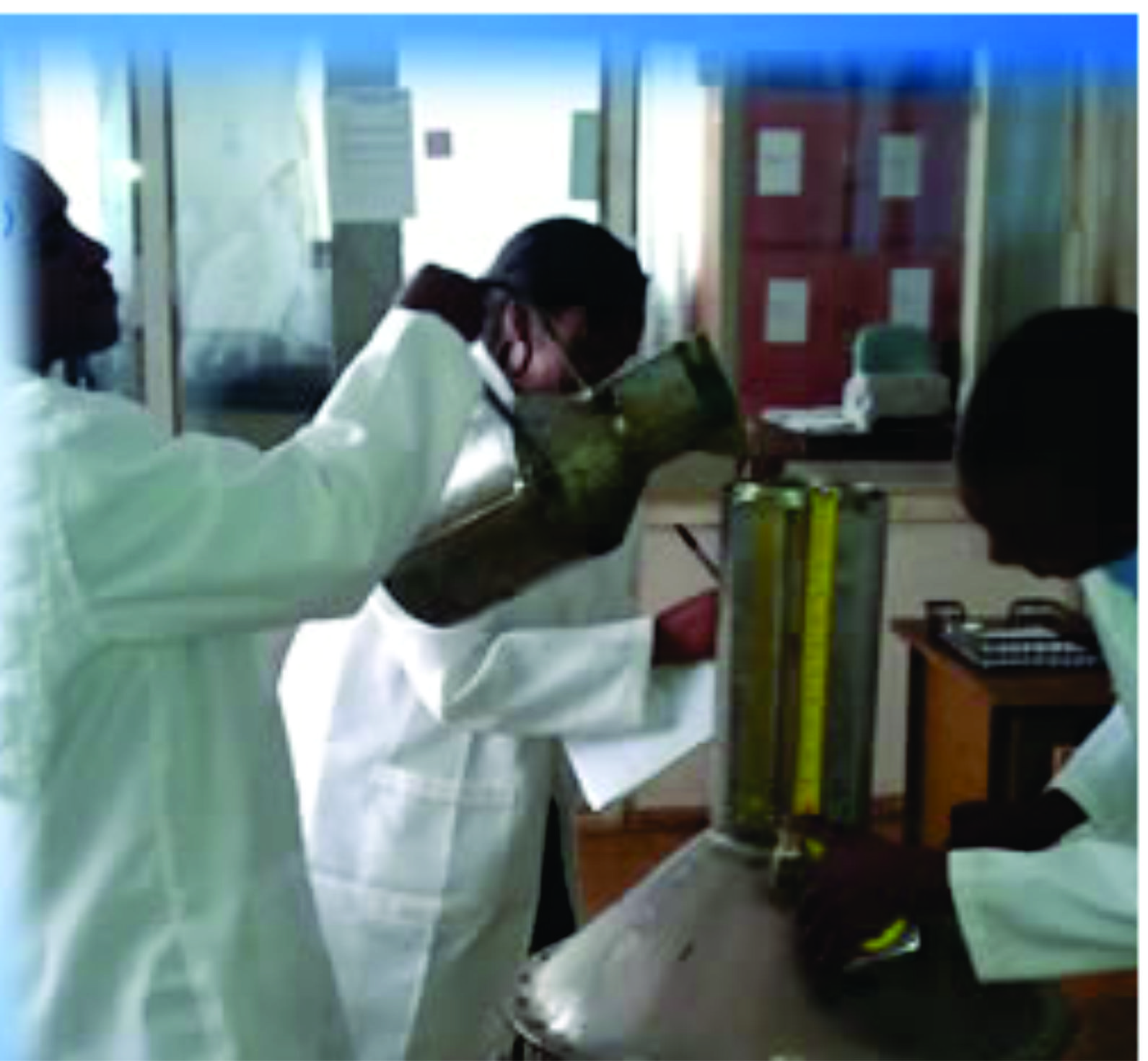
Our approach to any assignment is to provide prompt and personalized services at very competitive rates, and whose payment terms are flexible and negotiable. We also alert our clients one month in advance before their equipments are due for re-calibration. We ask you to join us so that we can also put you in our yearly calibration calendar. Since its inception, the company has been involved in a range of projects nationwide. The company has also been a service provider in other East African countries including Burundi, Tanzania, Uganda, Congo , Rwanda, Sudan and Somalia.

nvolves use of penetrating gamma X-radiation to examine parts and products for imperfections .An x-RAY machine or radioactive isotope is used as a source of radiation. Radiation is directed through apart and onto film or either media. The resulting shadowgraph shows internal soundness of the of the part. Possible imperfections show up as density changes in the same manner as X-ray shows broken bones.

Visual Inspection is one of the most widely used Non-Destructive Testing methods for the detection of discontinuities before they cause major problems, e.g. poor welding, surface defects, corrosion pits, general condition, degradation, blockages and foreign materials. Visual Inspection means the inspection of equipment and structures using a combination of human senses such as vision, hearing, touch and smell. Visual Inspection is sometimes carried out in conjunction with devices such as a low power magnifying glass, boroscopes, fiberscopes, digital video bore scopes, camera systems and robotic crawler systems
Uses transmission of high-frequency sound waves into material to detect imperfections within or to locate changes in material properties. Most commonly used ultrasonic testing technique is pulse-echo, where sound is introduced into a test object and reflections (echoes) are returned to receiver from internal imperfections or from geometrical surfaces of part.